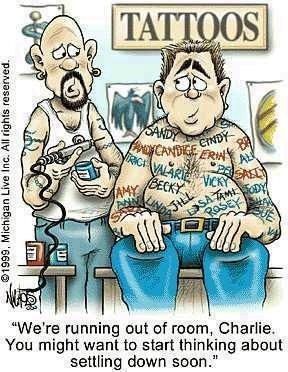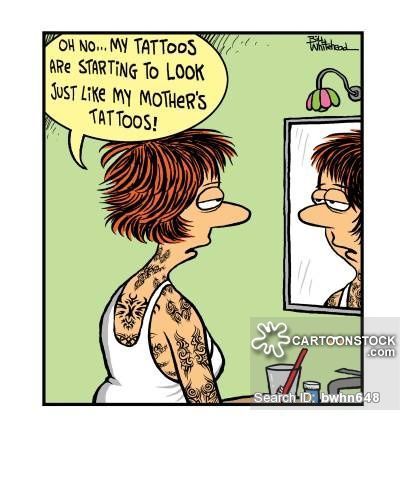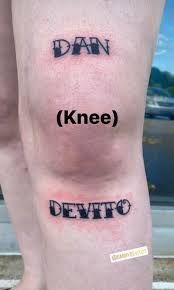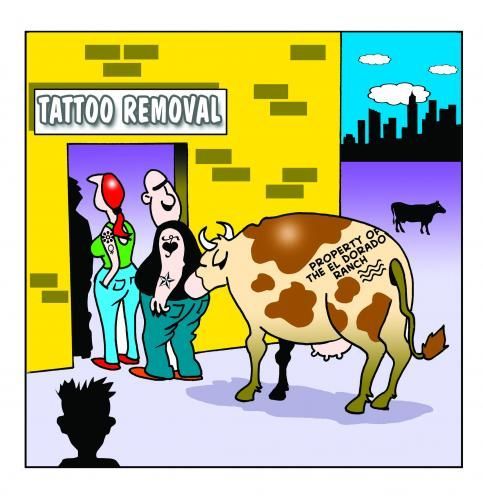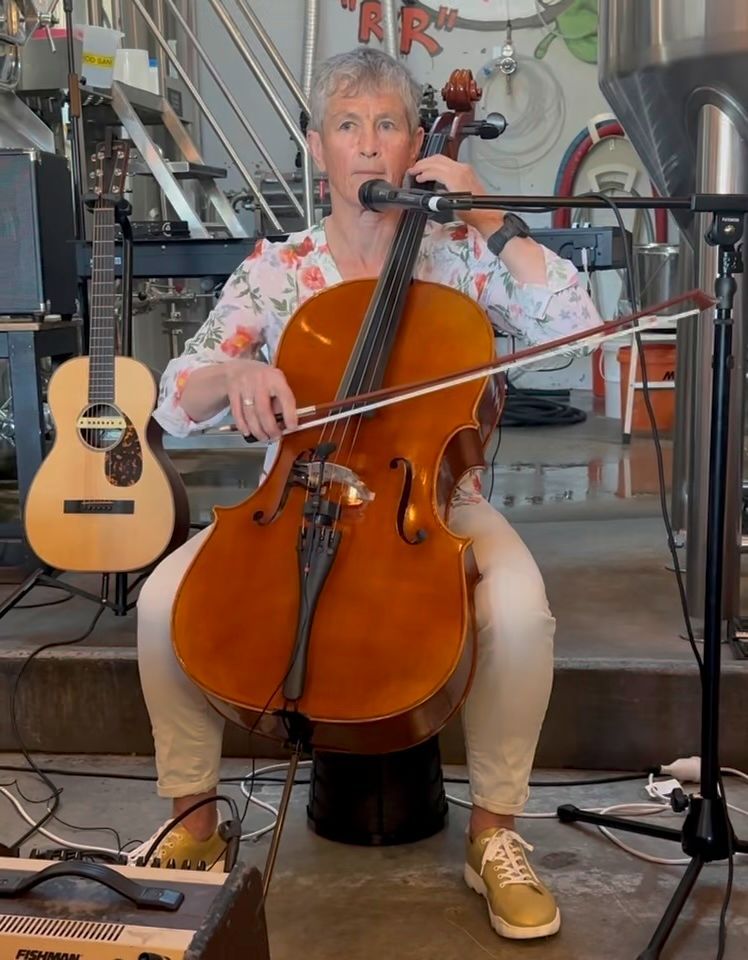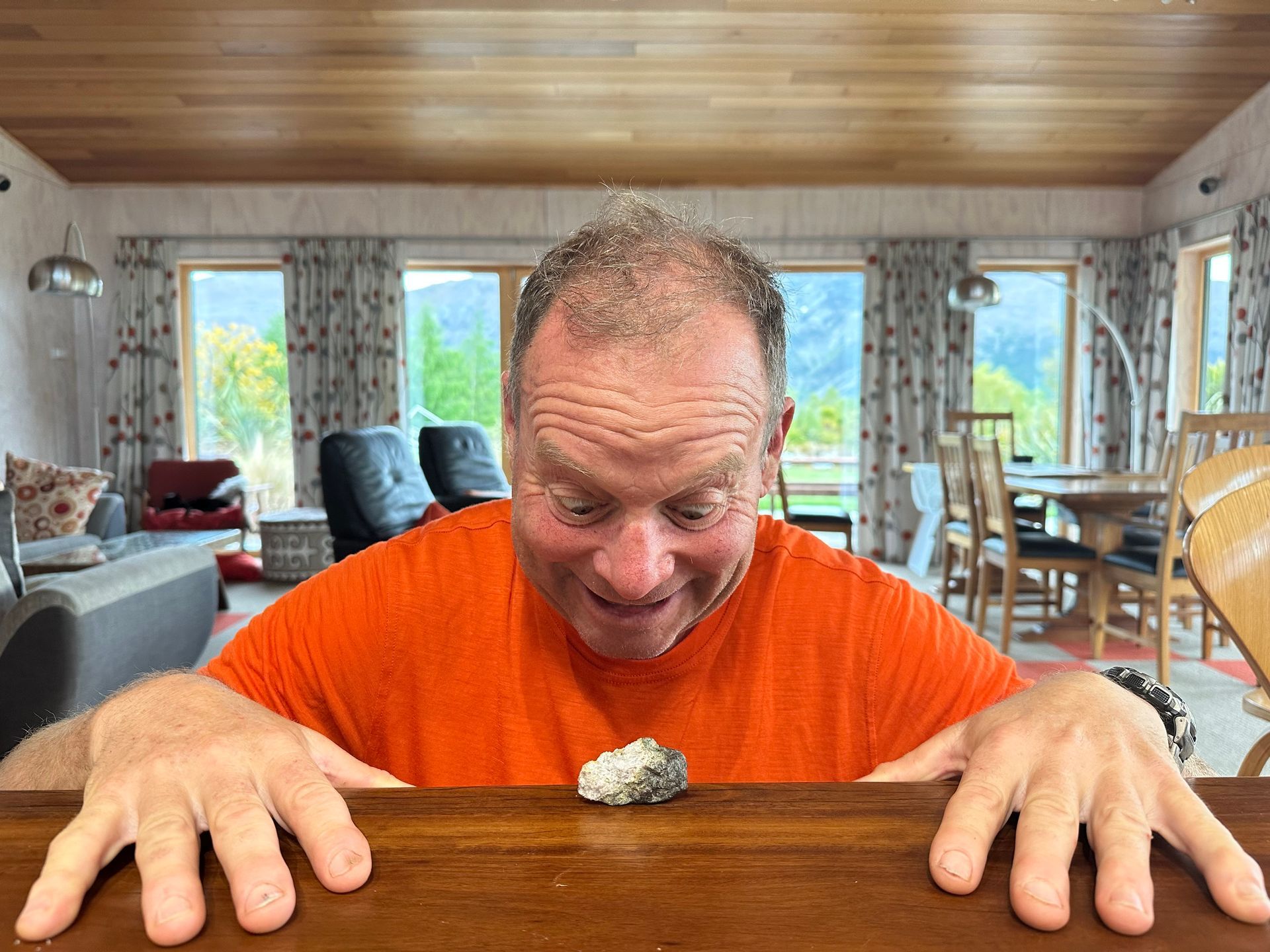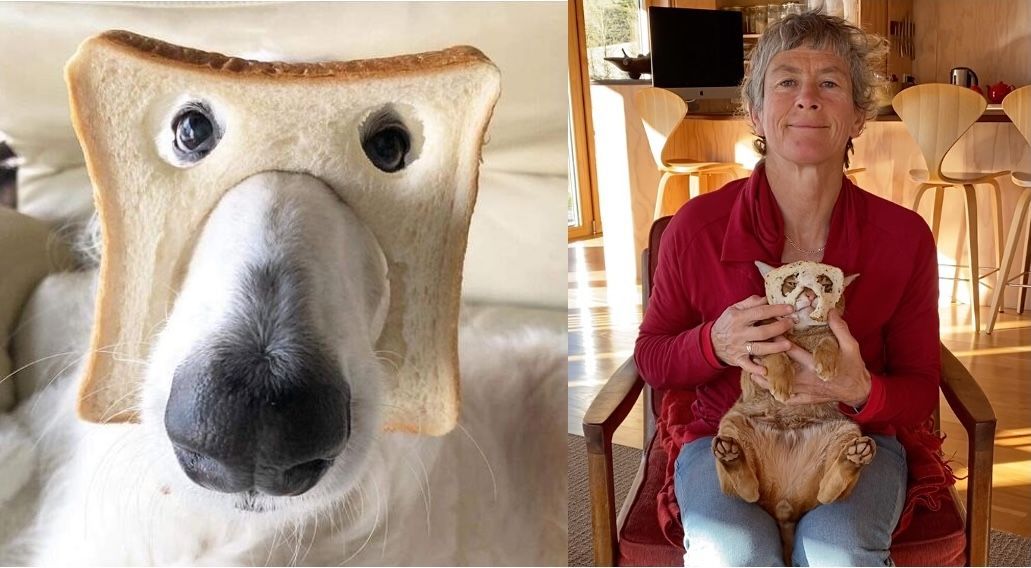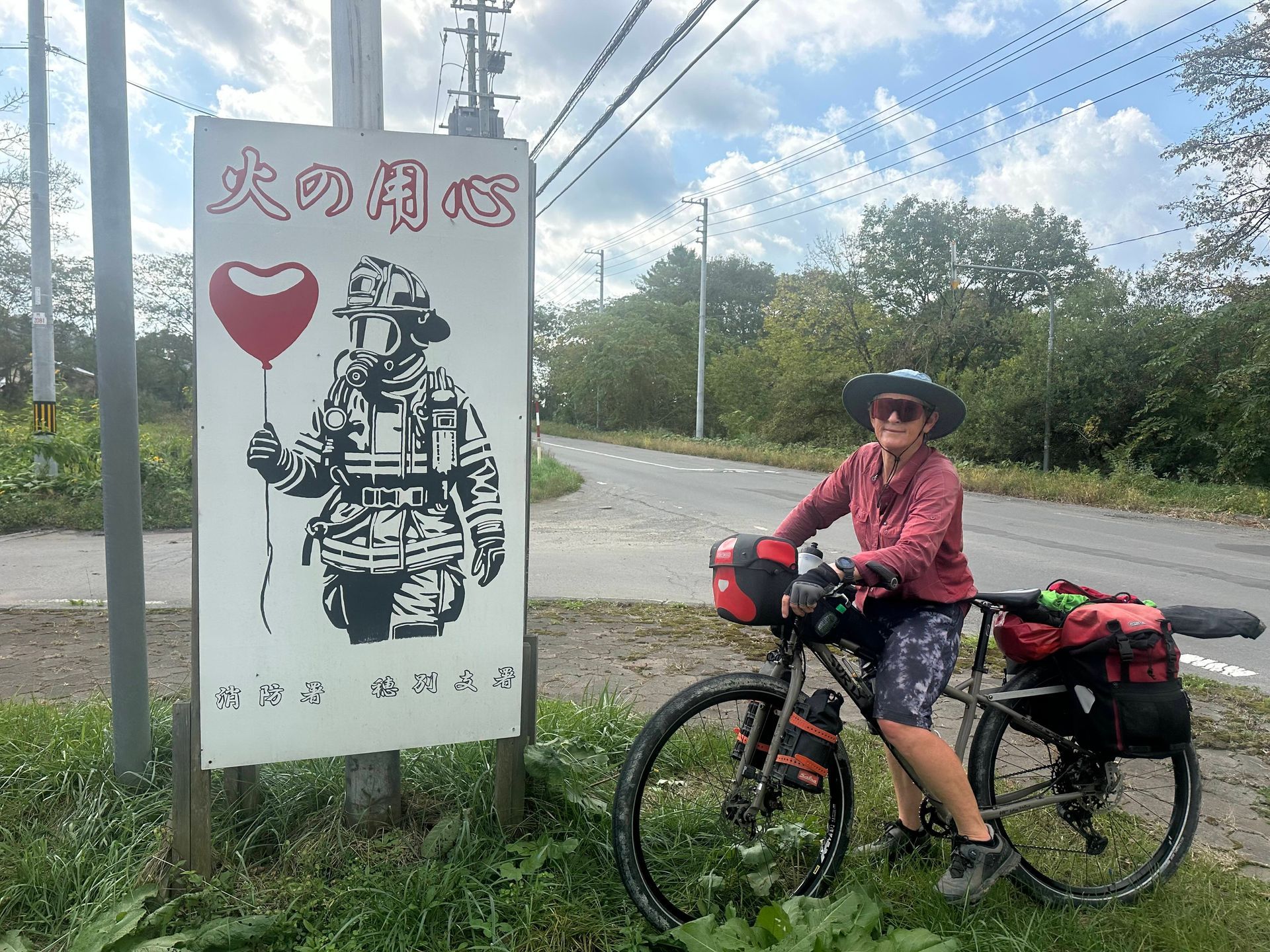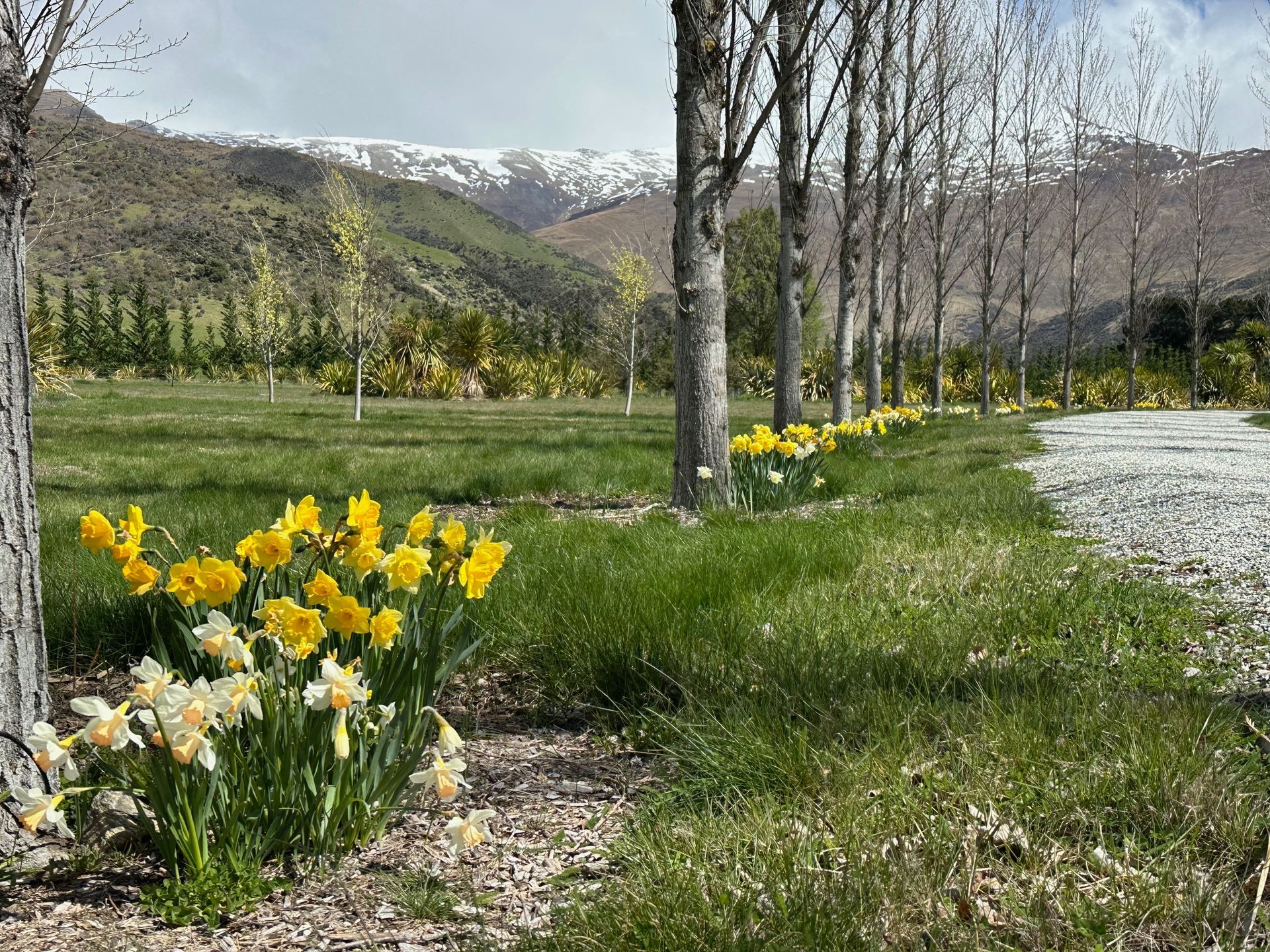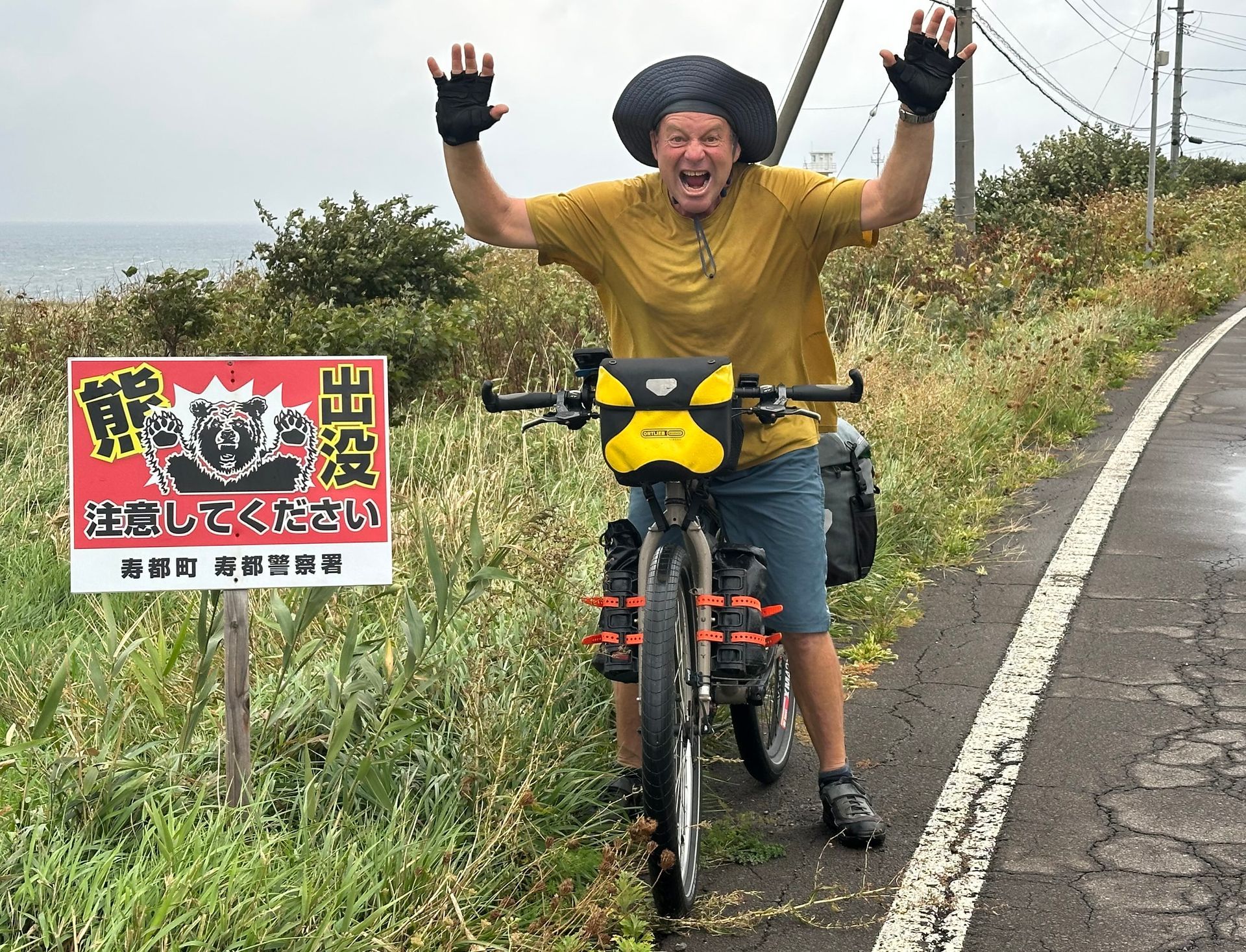Inked Skin
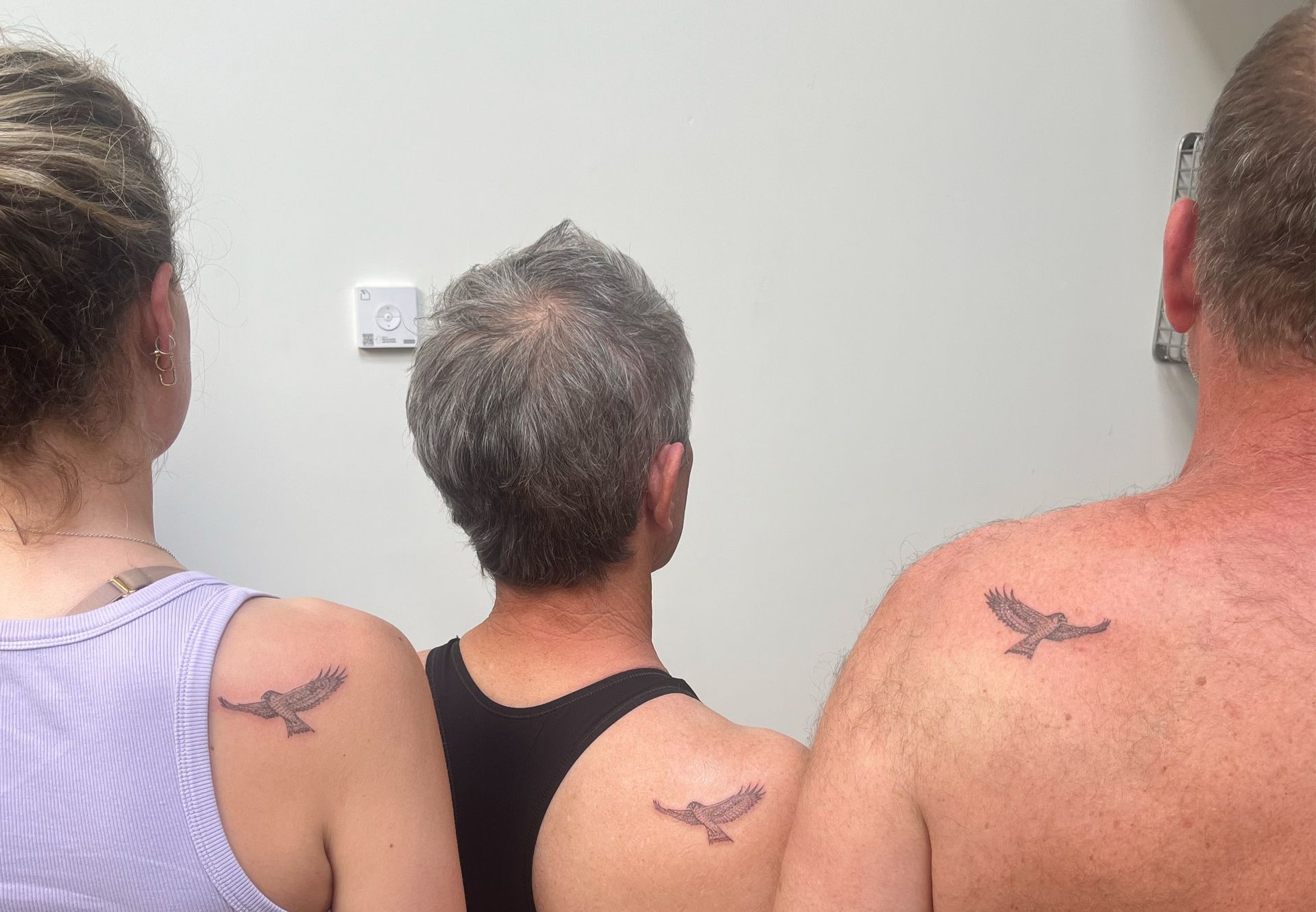
“I’ve got a tattoo,” proclaim numerous blog articles by younger women – detailing how they have finally escaped the repressive norms of their boomer parents.
The negatives of tattooing had been well embedded in my brain as a teenager. Tattoos were for druggies, criminals, or gang members. Not to mention, “What say in later life you regret the [skull/rose/name of the person who you no longer love] tattoo?”
When Sarah proposed that she, Chris and I get a peregrine falcon tattoo, my immediate reaction was, “I’m interested, but give me a bit of time to work on Chris.” Chris’s first reaction was, “You have to be kidding.” We worked on him.
Many of my age cohort had the same reaction when I told them about Sarah’s suggestion. “Why would you do that?” “I’ve seen elderly people with tattoos and they look awful.” With a few noteable exceptions, the reaction of women of my generation could be summarised as, “Ugh.”
This has been interesting. And, me being me, more likely to make me do something than not do it. I’d already been through my old concepts…what say I regret the tattoo? Well, I’ve got a lot less time now to regret a tattoo and I believe I sufficiently know what I like and don’t like so I won’t change my mind.
In addition, tattoos are no longer the preserve of only druggies, criminals, and gang members because I see tattoos on what a likely majority of the younger population. Then there are all the tattoos in places I can’t see, except at the swimming pool or beach.
Tattoos have swung in and out of popularity over millenia in western culture; perhaps in some cultures tattoos have never gone out of fashion. The use of tattooing by Nazis to document prisoners did nothing for tattooing in the 1940s. This was nothing new – Romans had used punitive tattooing of slaves, criminals and prisoners of war as a method of social control. They incorporated words, phrases, and acronyms that combined the nature of the crime committed, the name of the victim (or master), and the sentence itself. Some slaves bore the inscription: ”Stop me, I’m a runaway”.
There’s nothing new about tattoos, either. The oldest known human to have a tattoo is Ötzi the Iceman – found in the Austrian Alps and dating from around 6000 years ago. Ötzi has 61carbon-ink tattoos. However, incised designs on Paleolithic human figurines suggest tattoos were common 40,000 years ago.
In the western world of the 1950s and 1960s, tattooing began to be influenced by rock 'n' roll, biker culture, and the rebellious spirit of the time. Tattoos became a symbol of personal freedom and non-conformity. In the 1970s, tattooing started to come back into the mainstream. Tattooers became called ‘tattoo artists’ and people with fine arts backgrounds entered the practice. In Tattooing gradually became the norm for people of all backgrounds and social status, rapidly rising in popularity in the 2000s.
In New Zealand, as in many countries, tattooing has had a different significance for indigenous people from colonial peoples. Tāmoko is a used to signify social status, genealogy, or personal identity and could be used for spiritual and healing purposes. Tāmoko originated from Polynesian practices, which Māori brought to New Zealand and then iterated to create their own art form, with its own designs as well as tattooing methods and inks. Facial tāmoko (moko kanohi for men and moko kauae for women) were discouraged by Pakeha settlers in the 1800s, considered by some to be ‘unchristian’. However, tāmoko, like all tattoos, have undergone a more recent resurgence.
Tattoo machines have been taken up for tāmoko, making the process less risky and painful (tattooing became more common worldwide in the late 1880s, as a result of the development of tattoo machines). As tattooing technology develops, all cultural groups have been able to develop more intricate and detailed designs. Tattoos in current New Zealand (and many other societies) is currently used in a multiplicity of ways – to commemorate life events, as symbols of personal empowerment and healing, as a way to reclaim the body, as symbols of strength and personal growth, to adorn bodies with beautiful art.
So off the three of us went to the tattoo artist and each had an hour with a well-inked British guy drawing a peregrine falcon on our skin. The most uncomfortable part of the experience was having to lie face down so either my nose was squashed on the black gladwrap covering the tattoo bed, or my neck was cricked sideways.
I haven’t quizzed Sarah in detail on what the falcon means to her. It’s a bird that frequents Gibbston, our home. For me, falcons are also wanderers – their name derives the Latin word ‘peregrinus’, which means to travel. Peregrines are found everywhere, except a few oceanic islands and Antartica. I’ve loved travelling since I first went overseas aged twenty-one – loved the differences one can discover across the globe and the simultaneous similarities of human experience. Peregrines are also adaptable – living in mountains, river valleys, coastlines and cities.
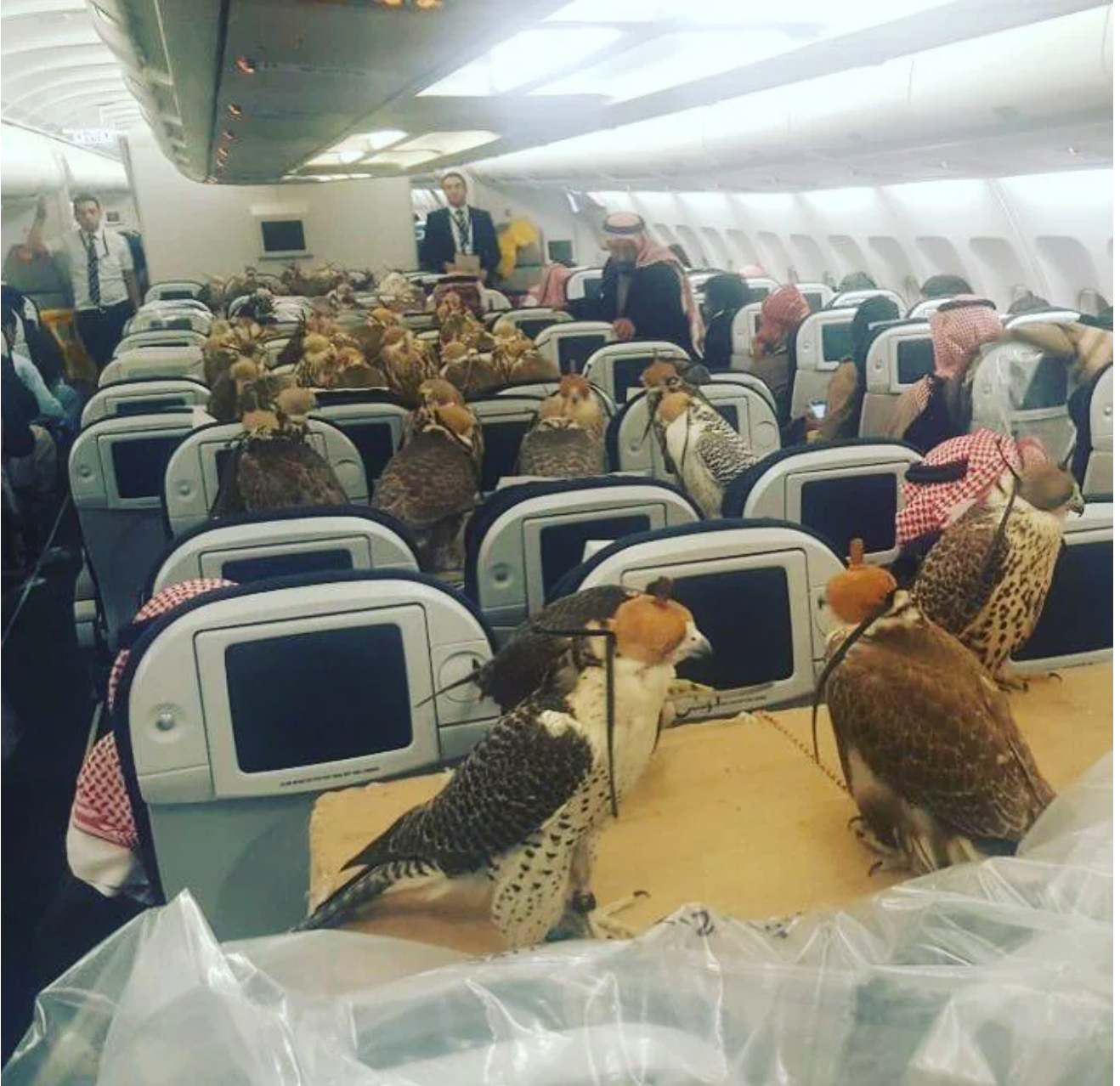
Many countries have specific symbolism associated with peregrines. In ancient Egypt, peregrines were associated with the god Horus (the son of Osiris and Isis), a god of healing, protection, the sun, and the sky. Native Americans believe peregrine falcons would bring them luck and victory and are symbolic of courage, strength and clear vision.
Any or all of the above will do; I have read that people attribute a lot of meaning to their first tattoo then substantially less to each subsequent inking (I have no plans for a second tattoo!). Or, more simply, a peregrine falcon links the three of us, wherever we happen to be.
